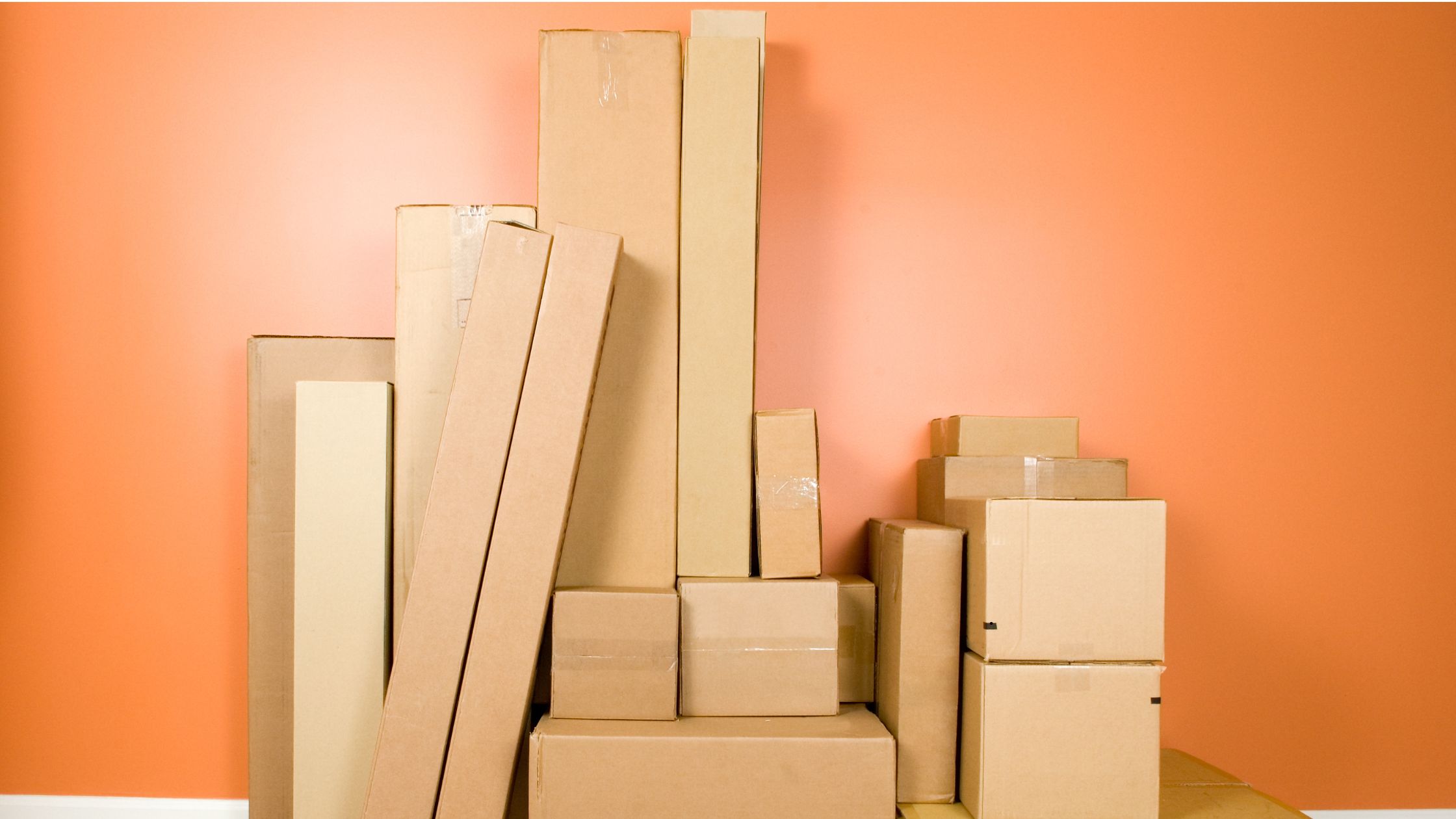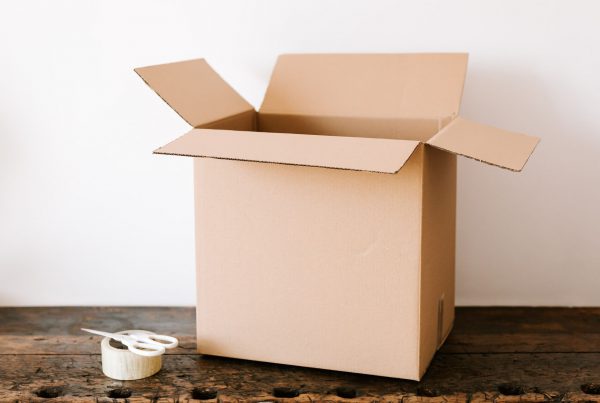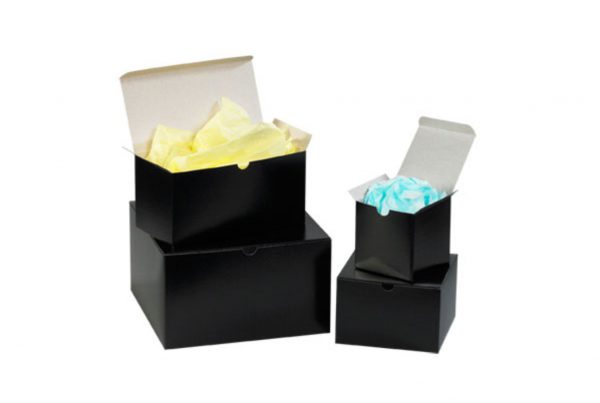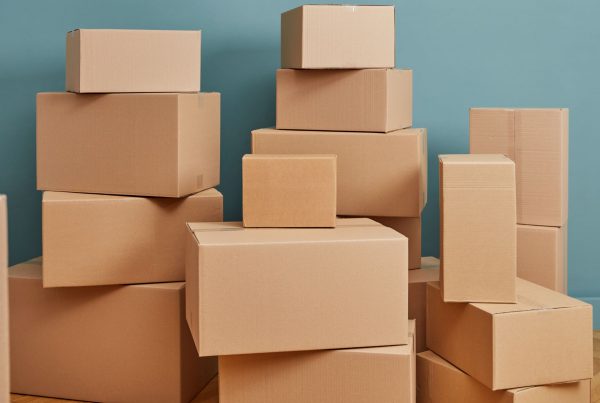Did you know that up to 30% of parcel volume moves as empty air? Wild, right. That wasted space turns into real dollars—dim-weight fees, extra filler, oversized cartons you didn’t need. The simple fix most teams miss is using height. Go vertical. A tall box that actually fits your product often beats a bulky cube. And when something’s long or narrow, a good long box keeps the footprint lean so carriers (and shelves) stay happy.
The Boxery stocks a broad range of tall corrugated sizes with common pack quantities (10–25 per case). Choose the right height and footprint, and you’ll cut void fill, ship fewer “oversize” cartons, and get sturdier protection for edges and ends. That’s not theory—this is the packaging move that quietly lowers total landed cost week after week.
Key Takeaways
- Tall corrugated choices reduce void fill and lower dimensional weight costs.
- Clear price points and common pack quantities simplify decision-making.
- Right-sized heights protect edges and reduce in-transit shifting.
- Using vertical space speeds pack times and streamlines storage.
- Representative pricing helps you benchmark and plan budgets.
Optimize vertical space with The Boxery’s tall corrugated boxes for secure, cost‑efficient shipping
Choose vertically friendly packaging to improve fit and reduce dimensional charges. These are sturdy, recyclable corrugated options (most lines over 80% recycled content) that pair sustainability with strength.
Eco-friendly durability customers rave about
Quick story. I once shipped a bundle of awkward tripod stands on a tight deadline—the kind that loves to punch through flimsy panels. I swapped our usual cube for a height-first pick, taped the seams right, and the cartons landed clean. No punctures, no rolling around in the truck. That was my “okay, tall really works” moment. When you’re sending delicate pieces, a well-matched tall cardboard box keeps ends from being crushed and filler from being overstuffed.
Protect tall items in transit with a space-saving design
The space‑saving design keeps items snug, so they don’t pinball around the carton. Less shifting means fewer dings and returns. Clear size and pack options help you pick precise heights—fewer partial voids, less waste. If you’re working across SKUs, category pages make it easy to compare tall cardboard boxes by footprint and length.
| Feature | Benefit | Applications |
| Corrugated material | Durability and dent resistance | Rods, lamps, rolled prints |
| Right-sized heights | Less filler, tighter fit | Packing, moving, storage |
| Qty packs & clear sizes | Easy inventory and cost control | Repeated jobs, small businesses, home projects |
A packaging solution that balances strength and sustainability. Built to keep items secure through conveyor bumps and last‑mile handling. Sizes and pricing help you control storage and throughput.
Tall Box Shipping: sizes, materials, and applications that fit your product mix
Match your product heights to smarter packaging and stop paying for empty air. You can browse complete assortments of tall boxes and lock in sizes that fit your common long items.
Popular sizes in stock now
Reliable performers are available today—and they don’t break the budget. If you need extra interior length without a giant footprint, a 12x12x24 box is a workhorse for lamps, small stands, or rolled material. For narrower loads where height matters more than width, consider footprints in the 6×6 to 10×10 range.
Extra‑tall and freight items
When gear runs oversize, go bigger on height without blowing up floor space. Cube formats help here—especially 24×24 boxes for bulky but manageable weights. Planning freight on the very long stuff keeps delivery predictable.
Applications and protection
These carton styles are suitable for fishing rods, lamps, rolled prints, tripods, and home storage. For long, skinny SKUs, a long cardboard box limits void fill and keeps pick lines moving.
| Size | Price | Qty / Freight |
| 6x6x36 | $2.00 | 25/ctn |
| 10x10x40 | $3.46 | 25/ctn |
| 12x12x72 | $8.26 | 10/ctn (freight) |
Why choose The Boxery for tall shipping boxes
Dial in the proportions—height, footprint, and material grade—so every order ships with less waste and more protection. With breadth across heights you actually use, you’ll find a neat match for each application.
Broad range across heights and footprints
From compact 6x6x10 up to large 24x24x48, you’re covered. Need a mid-volume carton for kitted goods? The 24x12x12 box keeps pieces aligned without turning into an unwieldy cube. And when specs call for something smaller but still vertical, I’ve literally typed “I need a box tall enough for a desk lamp,” and this is where I end up.
Order-ready pack quantities and clear availability
Standard packs of 10, 15, 20, or 25 make reorders simple. Freight indicators flag the extra-long stuff so you can plan receiving. For kit mailers or compact builds, a sturdy 14x10x6 box (outside tuck mailer) is a tidy fit—and it stacks clean in racking.
Competitive pricing across sizes
There’s a healthy price ladder—value buys under $1.10 up through heavy-duty lengths. If you’re stocking bulkier items, a box 30x30x30 handles volume without drama, while narrower heights keep dim-weight tame on slimmer SKUs.
“Dependable corrugated material and design features—rigid panels, stable seams, and tall sidewalls—deliver strength and low damage rates.”
| Feature | Benefit | Typical pack |
| Small footprints (6x6x10) | Low filler, neat packing | 25/ctn |
| Mid & long sizes (8x8x10–60) | Versatile applications | 25 / 20 / 15 |
| Large formats (24x24x48) | Freight-ready for big items | 10/ctn |
Conclusion
Finish smarter packing with tall corrugated choices that cut waste and boost protection. Value picks like 6x6x36, 8x8x24, and 12x12x48 help control cost—and there are promos if you keep an eye out. For super-long or extra-bulky runs, plan freight ahead, choose the right board grade, and keep your lines moving.
When you need a cleaner, leaner way to ship tall items, this approach just… works. Pick sizes, confirm pack quantities, and ship with confidence.
FAQ
What sizes do you offer for vertical shipping cartons?
There’s a wide range—from compact 6x6x10 up to 24x24x48, plus extra-long options flagged for freight. For mid-height lamp and decor loads, that dependable tall boxes category covers a lot of ground.
Are these strong enough for fragile items like lamps and fishing rods?
Yes—properly taped seams and right-sized heights keep edges protected. The corrugated build (ECT 32 class across many lines) absorbs bumps on conveyors and delivery trucks.
What packing materials prevent movement?
Crumpled kraft, foam tubes, and corrugated inserts are great. For very narrow rods, a padded core and stretch wrap keep things straight and scuff-free.
Can I order small quantities?
Most sizes ship in practical case counts (10–25). Extra-tall or freighted formats may have different minimums—clearly labeled so you can plan receiving and landed cost.
Do you offer cost-saving options or sales?
Yes—sale runs pop up on common sizes. If you need a vertical format for home goods or retail kits, tall boxes and similar footprints often run seasonal promos.
How do tall cartons compare to wider cubes in terms of warehouse efficiency?
Vertical formats use height instead of floor area. That’s easier on shelf space and can reduce dim-weight on long items—especially when you’d otherwise fill a bulky cube with air.
Are materials eco-friendly or recyclable?
Corrugated is recyclable, and many lines use high recycled content. Choose board grades that balance protection with sustainability goals.
What if my item exceeds standard dimensions—can you accommodate custom sizes?
Custom runs are an option. Share weight, dimensions, and use case to confirm board grade and lead time.
How should I choose the right board for heavy items?
Go heavier on board grade or step up to double-wall when weights climb or impacts are likely. If you’re not sure, provide weight and scenario—easy to spec correctly.
Do you provide packing recommendations for seasonal storage or long-term warehousing?
Yes—add moisture barriers where needed, use acid-free interleaving for prints, and support items upright to avoid sagging. Proper labeling and vertical storage preserve condition over time.





Recent Comments